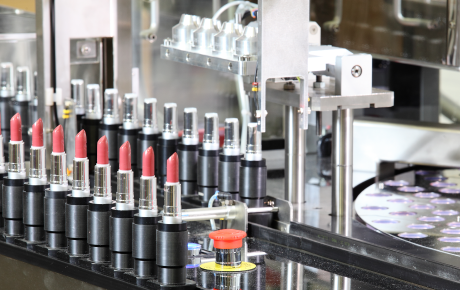
Product recall: the competition for market share can’t come at the expense of risk-based pricing
The product recall insurance market has evolved significantly over the last 20 years. Product wordings have broadened to offer businesses extra cover for more risks, while the market itself has expanded with carriers competing hard for premium. But, while healthy competition is welcome, product recall insurers have a careful path to tread to ensure that a race for market share doesn’t lead to pricing that no longer reflects the true nature of the risk, says David Burke, Product Recall Line Underwriter for Hiscox London Market: “Businesses who buy product recall need to be confident that the insurance market will continue to offer a long-term and sustainable solution, particularly given how the recall exposure is changing. The insurance industry’s ability to deliver that sustainability depends on ensuring that the competition for premium does not come at the cost of accurate, risk-based pricing.”
“Businesses who buy product recall need to be confident that the insurance market will continue to offer a long-term and sustainable solution, particularly given how the recall exposure is changing. The insurance industry’s ability to deliver that sustainability depends on ensuring that the competition for premium does not come at the cost of accurate, risk-based pricing.” says David Burke, Product Recall Line Underwriter for Hiscox London Market.
The changing risk landscape for product recall
Since the inception of product recall insurance over two decades ago, the risk landscape has changed considerably for both buyers and sellers. On the buy side, businesses are confronting a much-changed set of risks from the advent of ‘brand busting’ social media to the power of the regulators. “Social media was not around 20 years ago, but the damage it can do today to a brand cannot be ignored in the event of a product recall issue, particularly if the recall is handled badly,” says Burke. “The power of the regulators has also shifted. It was only in 2011, for example, that the US Food and Drug Administration was given the authority to issue a mandatory recall notice for a food product. Seismic changes like these have made businesses alert to the financial and reputational damage that can come from a recall and the need to protect their balance sheets.”
Depth and breadth of coverage grows
In turn, the growing complexity of the risk has changed how the insurance industry has developed product recall insurance. “Initially there was a basic trigger for the policy with no extensions for risks like governmental recall, adverse publicity and third-party contractual liability,” says Burke. “Fast forward to today and the depth and breadth of the coverage with regards to how a product recall policy is triggered and how the policy responds, gives the insured a huge amount of balance sheet and brand protection.”
“Initially there was a basic trigger for the policy with no extensions for risks like governmental recall, adverse publicity and third-party contractual liability,” says Burke
“The insurance industry has responded well to the growing product recall risk exposure for clients and matched that exposure with valuable protection,” continues Burke, and that ability to innovate is showing no signs of slowing down as new risks emerge. “We recently added a carbon credit endorsement to the Hiscox product recall policy, for example, which covers a business inadvertently exceeding their greenhouse gas emissions allowances following a product recall incident. It allows them to go back to the carbon market and buy the necessary credits they need to meet their regulatory requirements.”
The consequence of this ability to match the changing risk with an effective insurance solution has seen product recall transition from a niche insurance offering to a mainstream product, says Burke. “Twenty years ago, the demographics of a typical product recall insurance buyer would be a business that’s had a big recall and suffered a huge financial loss, and realised they needed insurance. Today, however, many risk managers realise that product recall is one of their top three exposures, even if they haven’t yet recorded a loss, which has pushed up demand for the product.”
"Today, however, many risk managers realise that product recall is one of their top three exposures, even if they haven’t yet recorded a loss, which has pushed up demand for the product.”
Growing frequency and severity of losses sound a warning
This all adds up to what should rightly be seen as a success story for the development of product recall insurance into the class it is today, says Burke, but there is a potential cloud on the horizon given the growing frequency and severity of losses across all sectors from food and drink, to automotive, pharmaceutical and consumer goods. “More insurers have entered the market to meet the demand for capacity, but we are now at a stage of the insurance cycle where chasing market share in the short-term could be storing up losses for the future. Can every underwriter be sure that they are pricing in that changing and more sophisticated risk landscape?”
Old fashioned underwriting discipline
The solution is the pursuit of greater underwriting discipline across the product recall market, says Burke. “We’ve seen the product recall risk grow in complexity and the product has responded to protect clients. That’s hugely positive but the way the risk is underwritten must also catch up, become more sophisticated, and offer a premium that’s both competitive for the buyer but more accurately reflects the changing risk. By doing so, the insurance industry will help to guarantee that there will be a healthy product recall market for buyers for the long-term.”




